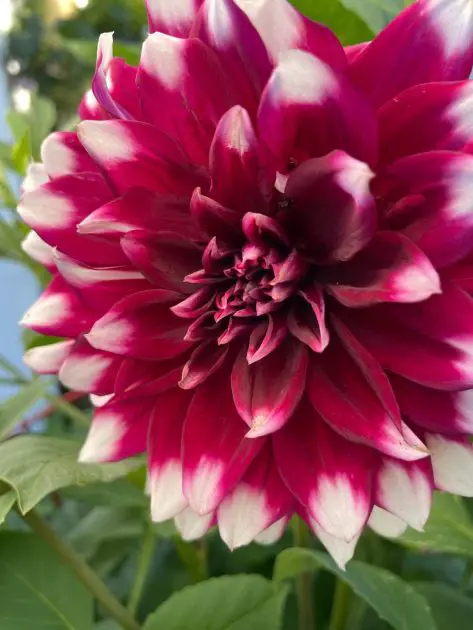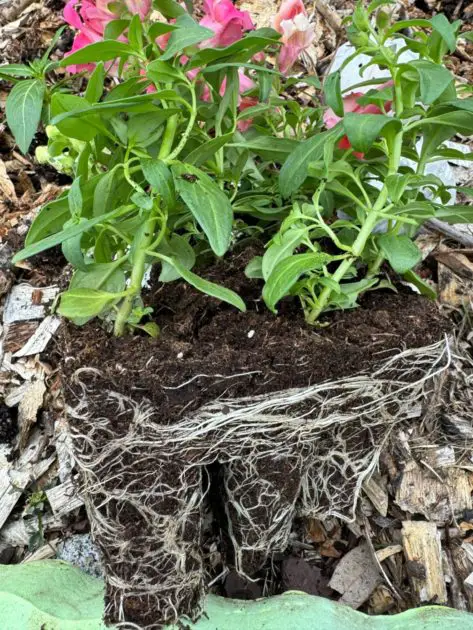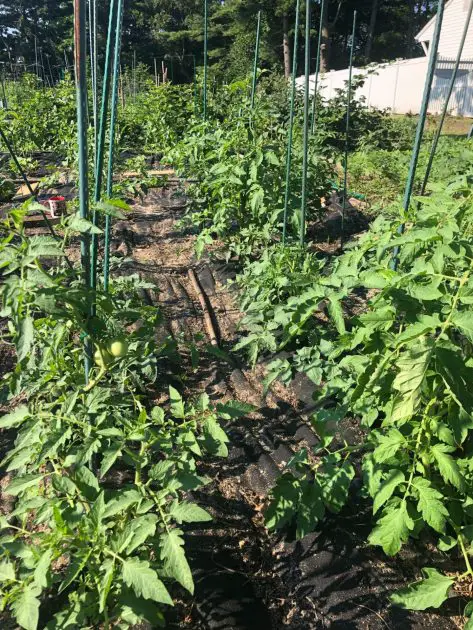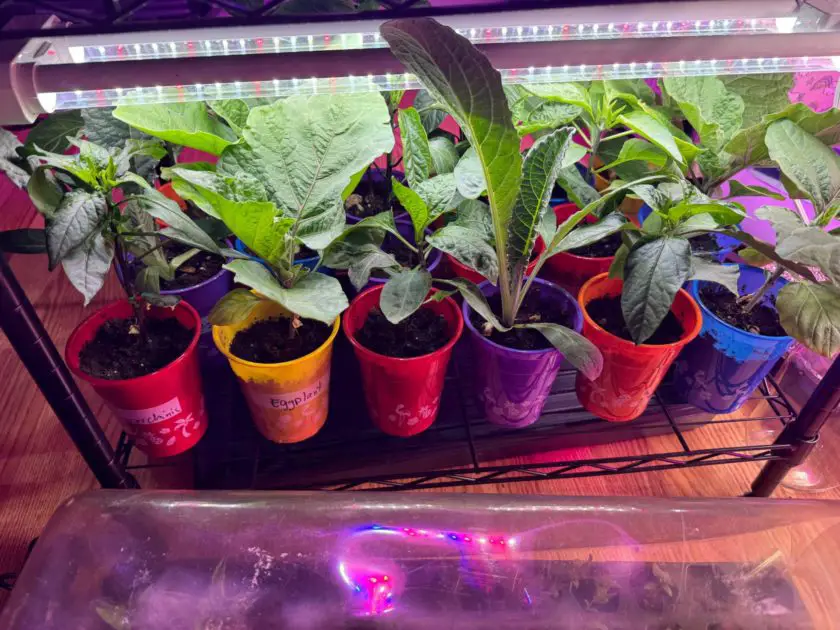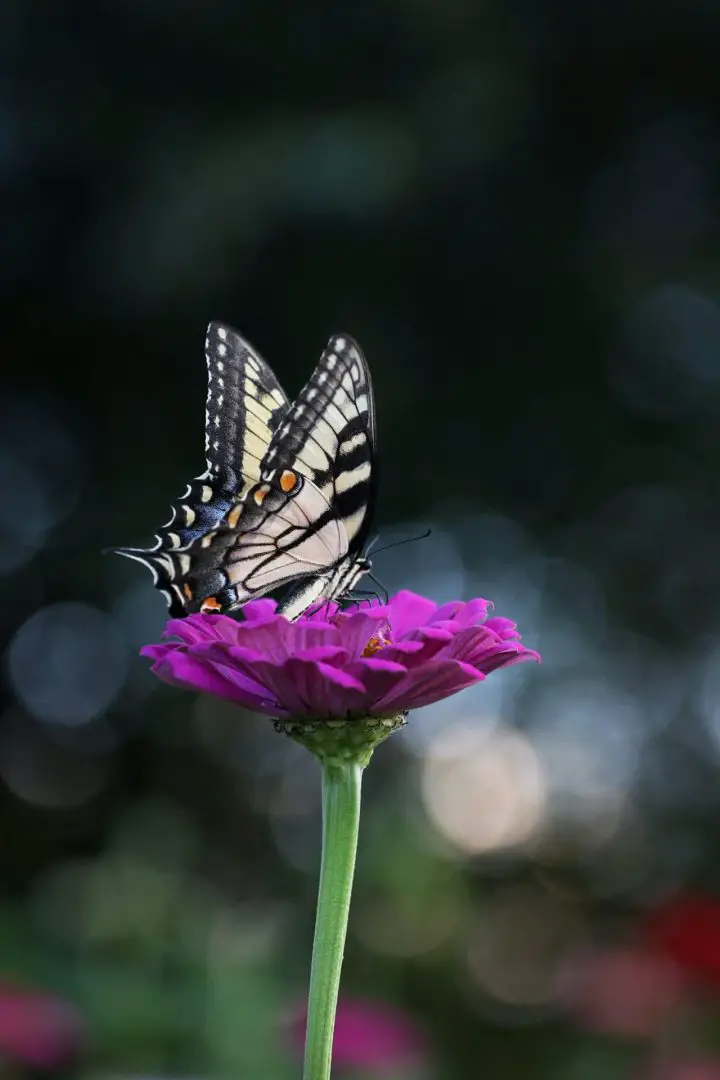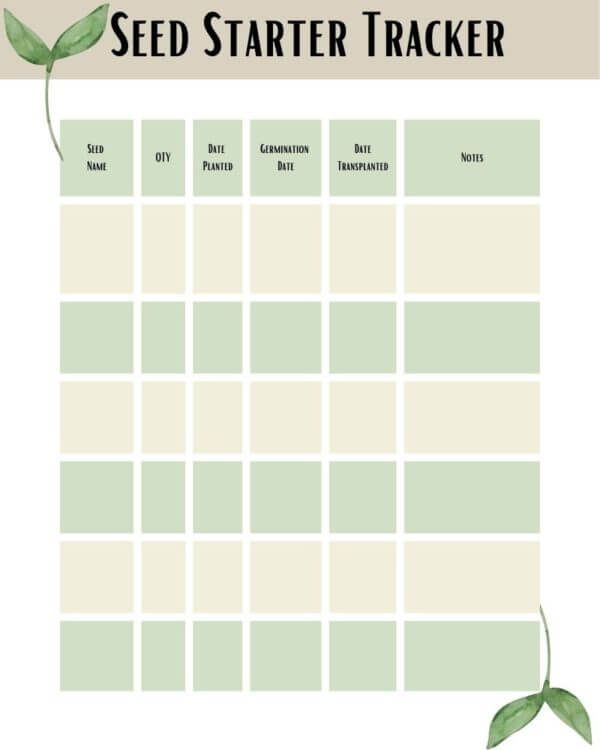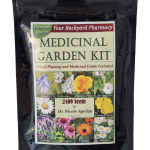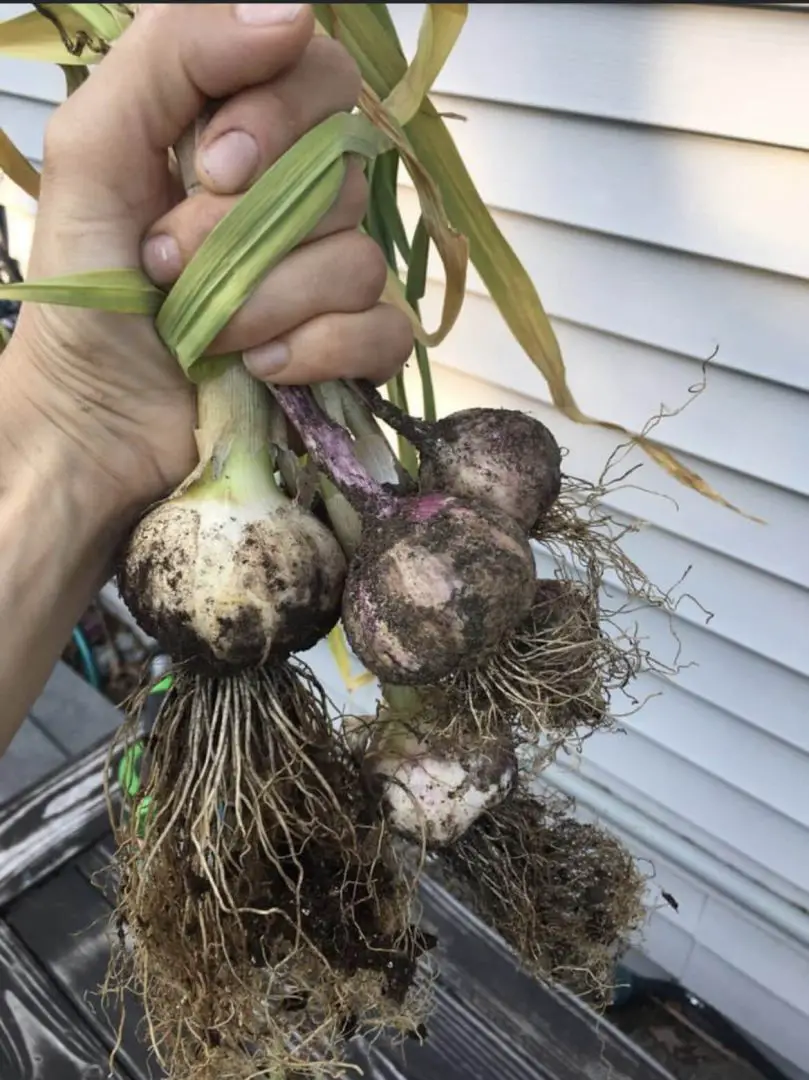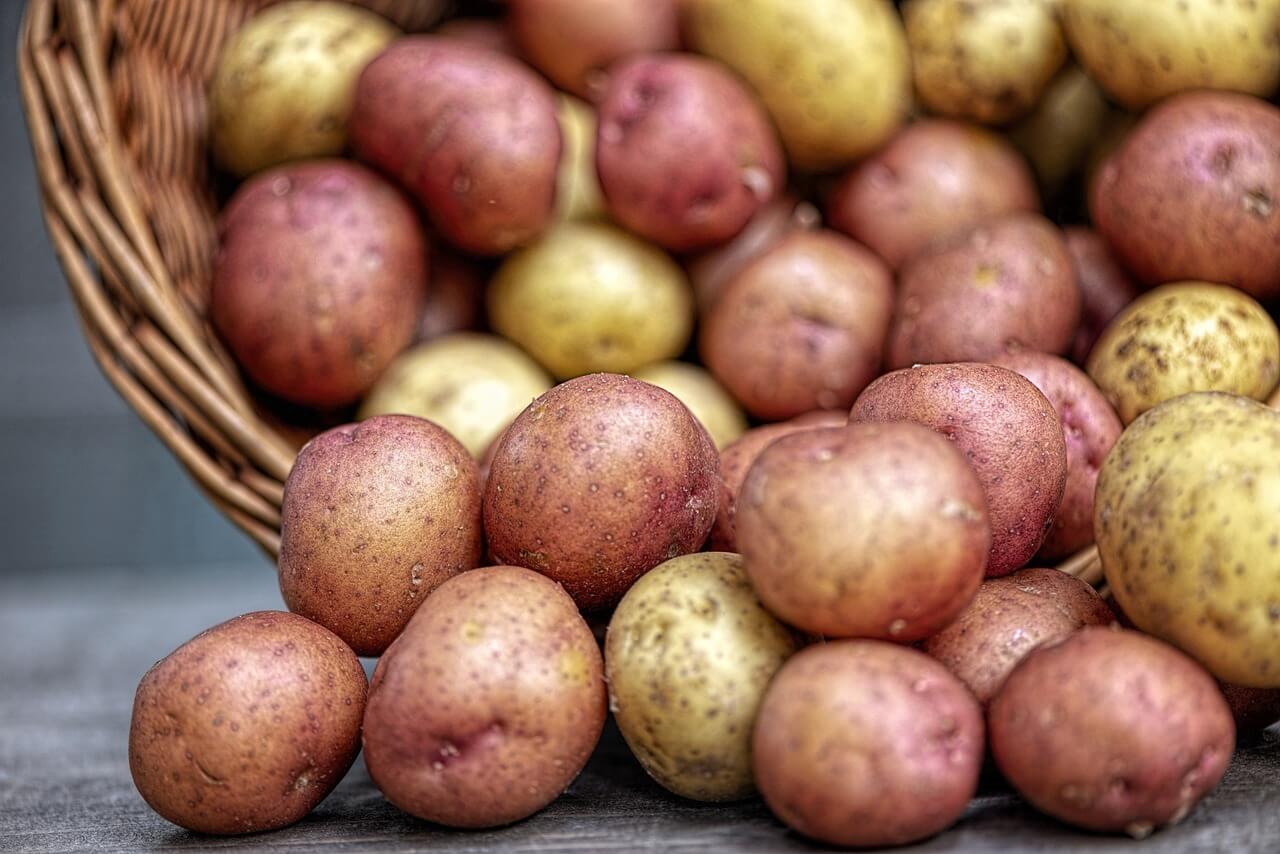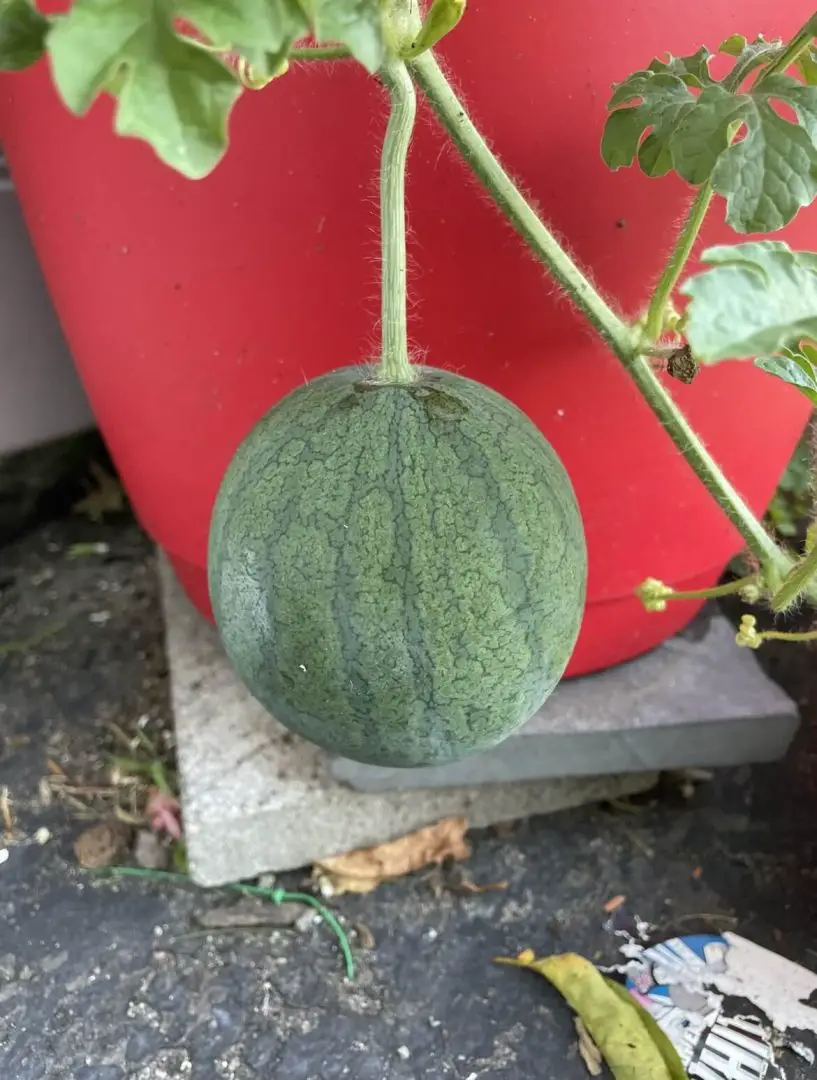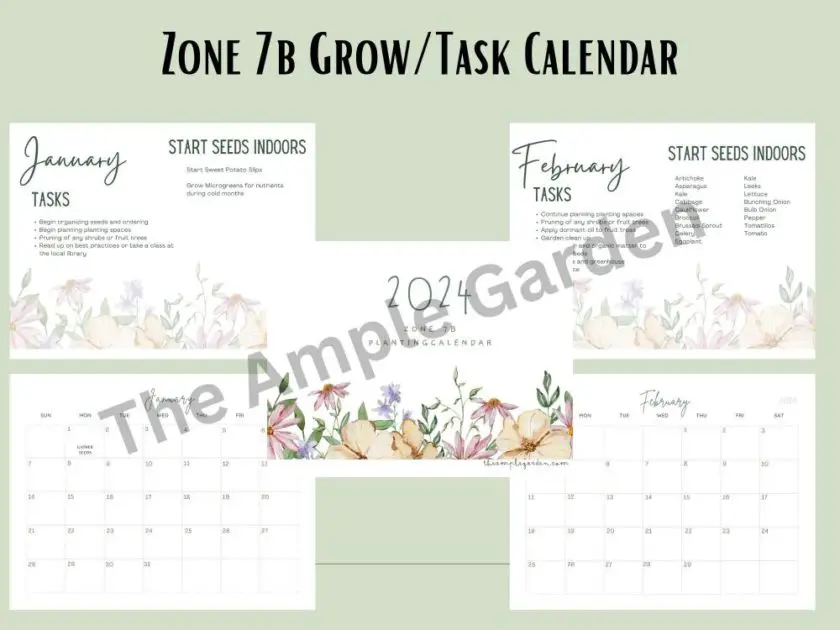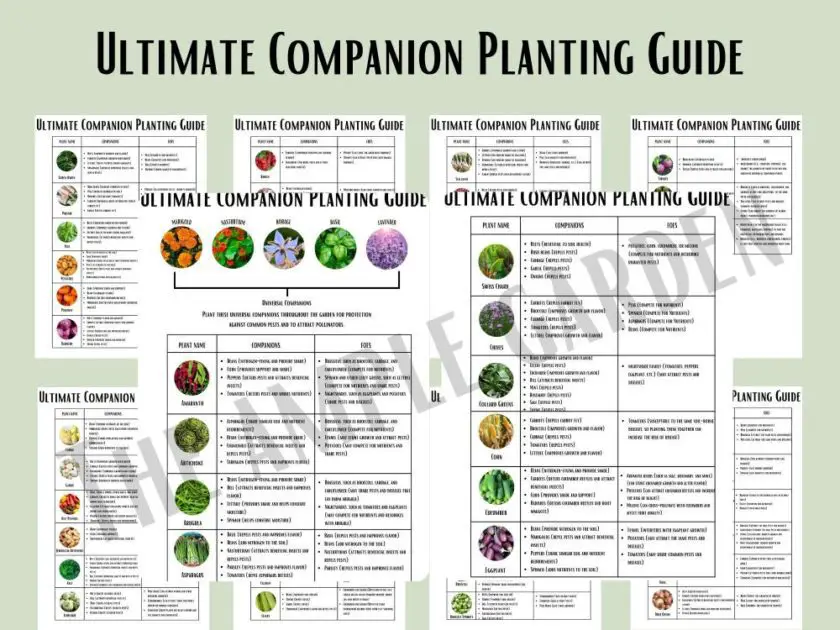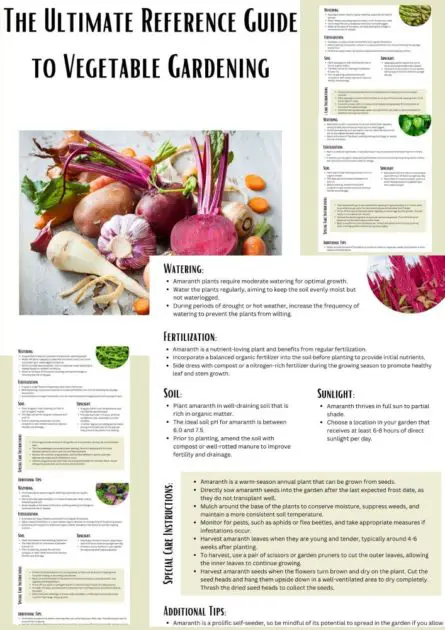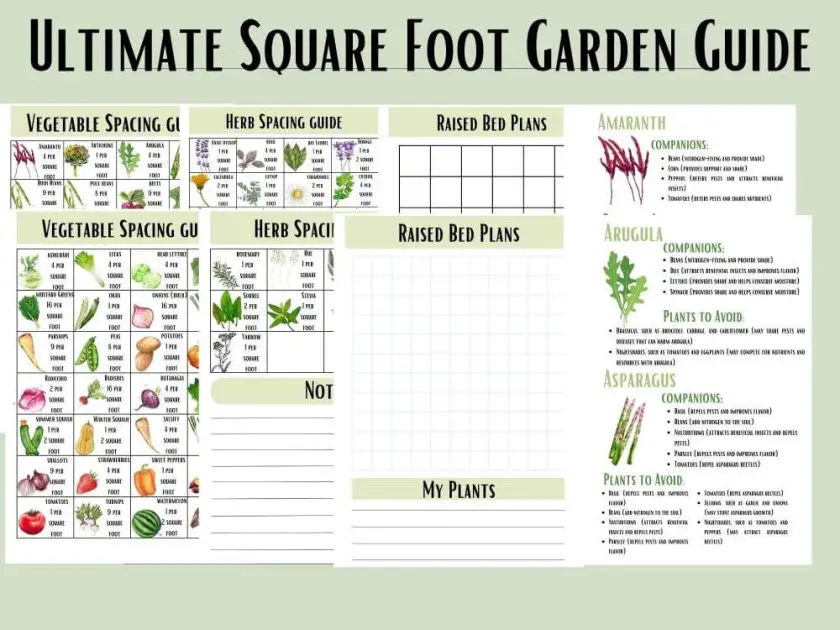Growing Dahlias are one of my favorite gardening endeavors. When I think back on the legacy my mother is leaving for her children, teaching me how to grow dahlias comes to mind.
The beautiful blooms shine brightly from mid-summer well into the fall.
Dahlias are considered perennials in zones 8 and higher but in colder zones, such as my 7b, they need to be dug up and tucked away before the cold sets in.
Dahlias offer an array of colorful blooms to choose from that will add so much texture and variety to your garden landscape.
In this post, we will offer some tips and tricks so that you too can enjoy the beauty these colorful blooms have to offer.
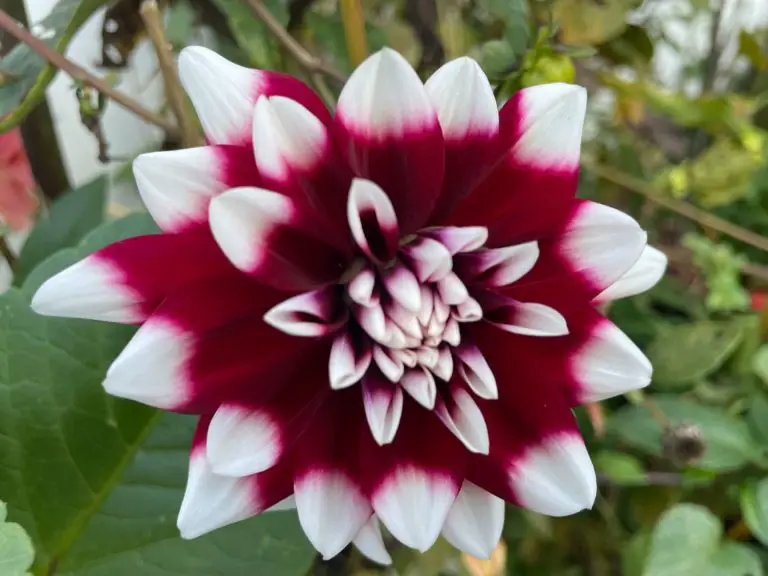 Pin
Pin The Different Types of Dahlias
There is a wide variety of Dahlias available for you to grow, from the traditional dinnerplate varieties to the delicate pom-pom shapes.
No matter your garden size or style, you can find a Dahlia that is sure to add beauty and interest to your landscape.
Some popular varieties of Dahlia include the large flowered dinnerplate type, the delicate and colorful pom-poms, and the vibrant cactus types.
All types of Dahlias can be grown in pots, giving you the flexibility to bring your favorite blooms indoors or out!
With careful selection and a little bit of TLC, you can have bright, beautiful Dahlias in your garden all summer long.
Recommended Species of Dahlia to Grow
Bishop of Llandaff: This is a popular dahlia with dark red flowers and dark foliage.
Cafe au Lait: This is a beautiful dahlia with large, creamy, peach-colored blooms.
Cornel Bronze: This dahlia has rich, golden-bronze petals that look stunning in the sunlight.
David Howard: This is a vibrant dahlia with bright orange blooms and dark foliage.
Karma Choc: This is a unique dahlia with deep burgundy, almost black, petals.
Kelvin Floodlight: This dahlia has large, bright yellow blooms that are sure to add a pop of color to your garden.
Lilac Time: This dahlia has lovely, soft pink blooms that look great in garden borders.
Mystic Spirit: This is a stunning dahlia with purple-red petals and a yellow center.
Park Princess: This dahlia has delicate, pale pink blooms that are perfect for adding a touch of elegance to your garden.
Yellow Hammer: This dahlia has large, yellow blooms with red-tipped petals, creating a striking contrast.
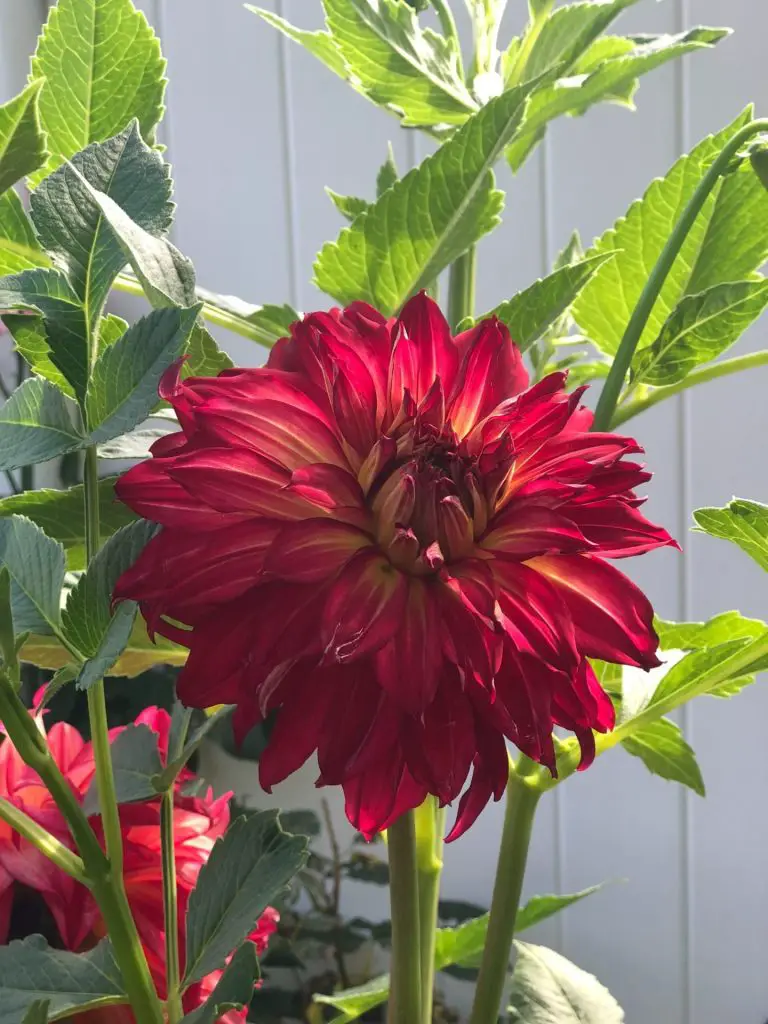 Pin
Pin When to Plant Dahlias
Dahlias typically grow best when the soil temperature reaches between 50 and 65 degrees Fahrenheit.
Depending on your growing zone, this could happen anywhere from late April to early June.
There have been times when I have planted my tubers in late March and they have done quite well. Keep an eye on the climate in your area as these planting times are changing with these changing times.
Whenever you decide to plant your tubers, you will want to be sure the threat of frost has passed.
Compost should be well incorporated into the soil before planting in the ground. This will supply the dahlias with essential nutrients all season long.
When planting dahlia tubers, space the plants 6-8 inches apart. You can also follow the recommended spacing on the packaging your tubers arrived in.
Use high-quality potting soil with organic matter added for planting in containers, and make sure the container is deep enough to hold the size of the tuber.
Dahlia tubers should be watered well after planting and kept damp throughout the entire growing season.
When the plants begin to sprout, surround them with a layer of mulch to help them retain moisture. It’s crucial to deadhead faded blooms once your dahlias start blooming in order to promote new ones.
Dahlias in vibrant colors are something you can enjoy all summer long with a little bit of care and attention.
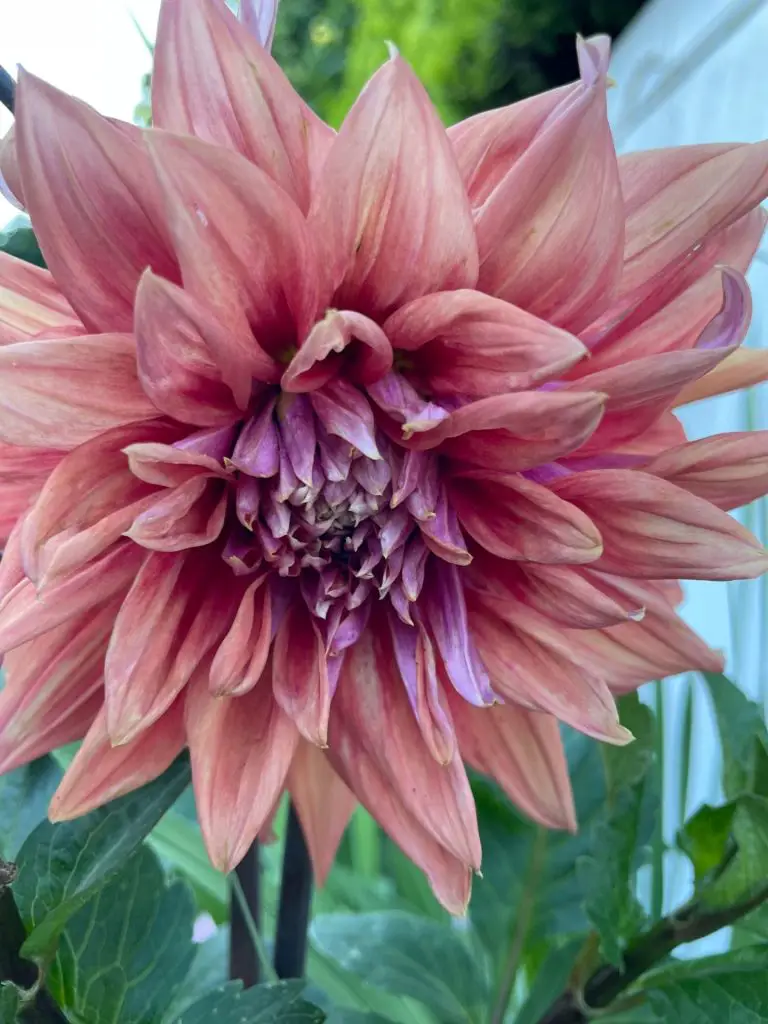 Pin
Pin Choosing the Right Location to Grow Dahlias
When it comes to growing dahlias, selecting the right location is key.
Dahlias prefer a spot in the garden that gets at least six hours of sun each day, so find an area that meets this requirement.
Additionally, the soil should be well-draining and light, with plenty of organic material such as compost should be worked in. Dahlias also require space to grow, so make sure you have plenty of room to accommodate their spread.
If space is tight, dahlias can also be grown in pots – just make sure to select a container that’s large enough to house the tubers and provide good drainage.
How to Grow Dahlia From Tubers
Growing Dahlias from tubers is the most economical way to add stunning blooms to your garden.
To begin, choose a well-draining spot in your garden where the plant will receive at least 8 hours of full sun each day. When planting in the ground, dig a hole that is twice as wide and deep as the tuber you’re planting. Place the tuber in the hole with its eyes (the small sprouts) facing up.
Cover it lightly with soil, water well and keep the soil moist. If you’re growing Dahlias in pots, make sure to use a pot with drainage holes and a quality potting mix.
Plant the tuber with its eyes facing up and cover it with soil. Water the potting mix until it’s moist.
Once the dahlia plants have sprouted and have reached 6-8 inches tall, pinch off the center shoot so two branches remain.
This will encourage bushier growth. With proper care and maintenance, you can enjoy beautiful dahlia blooms all summer long!
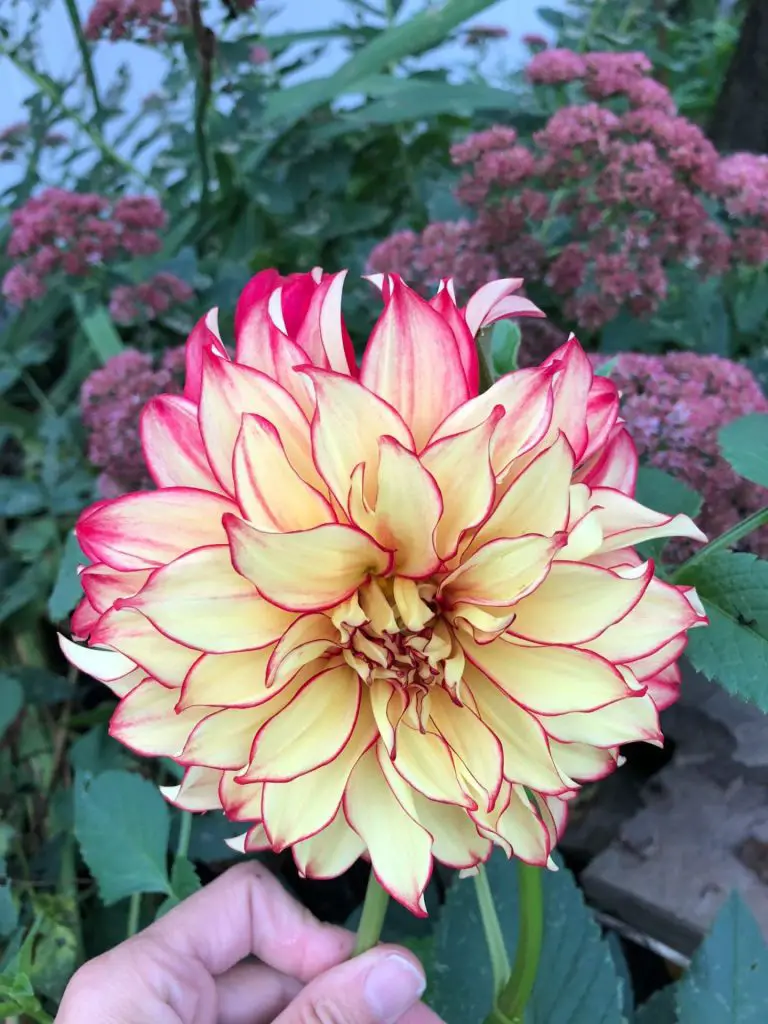 Pin
Pin How to Grow Dahlias From Seeds
Dahlias are stunning, vivid flowers that can add life and vibrancy to any garden. Dahlias can be propagated from seeds, though producing them from tubers is the most typical method.
Dahlia seeds can easily be grown for seeds. Follow the following steps for guaranteed success. What you need to know is as follows:
• Gather your supplies: You will need dahlia seeds, seed trays or pots, potting soil mixture, and a warm location with enough light.
Fill seed trays or pots as follows: Fill your seed trays or pots with an organic potting mix such as FoxFarms Potting Mix. The soil should be evenly moistened. Press down on the soil.
Dahlia seeds can be started indoors but I have also winter sown my seeds and had a lot of success with this method.
• Plant your seeds: Fill each pot with one or two seeds and cover them with a thin layer of dirt to start. Also, you might lightly fertilize the top.
• Water your seeds: Mist the soil every day to keep it damp. Avoid overwatering as this might lead to the decay of the seeds.
• Watch for germination: Dahlia seeds normally take two weeks to sprout, so be patient and persistent!
• Transplant your seedlings: When they are about 3 inches tall, your seedlings are ready to be moved into larger pots or planted directly into the ground in your garden. Make sure the hole you create will properly accommodate the roots.
You can quickly produce stunning dahlias from seed by using these suggestions! All summer long, enjoy seeing these gorgeous blooms bloom in your garden!
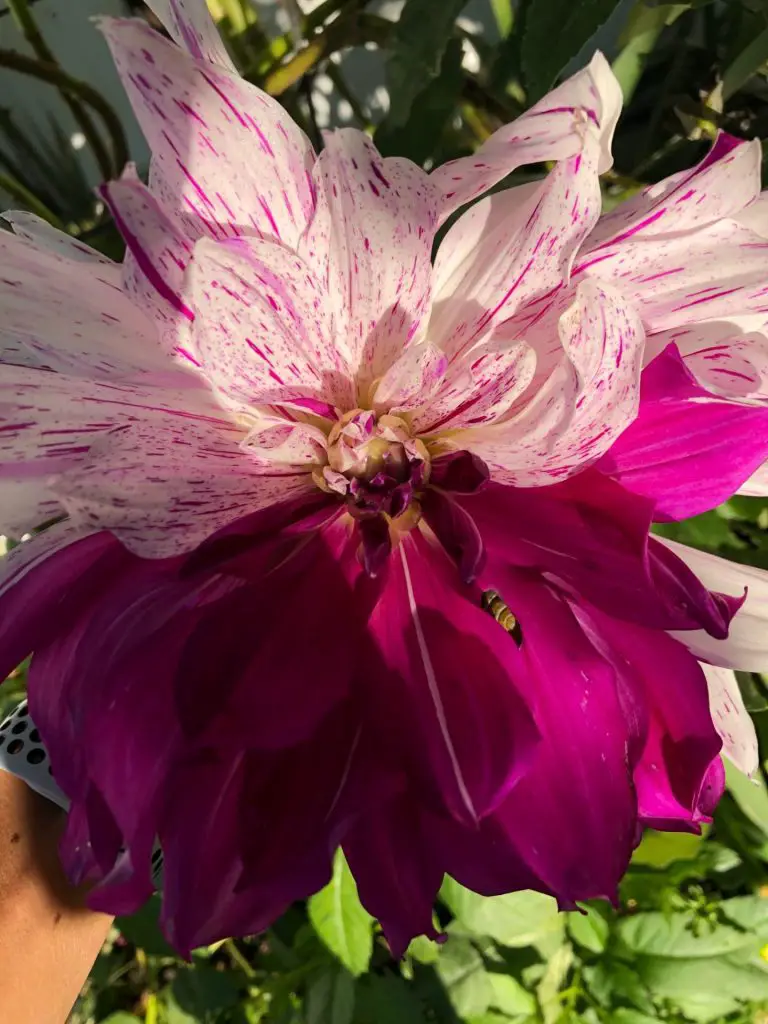 Pin
Pin Caring for Dahlias
The next step is to make sure your dahlias have all they need to develop strong and healthy once you have planted your dahlia tubers. You must give your dahlias nourishment and frequently water them to keep them looking vivid and lush.
Dahlias need to be deeply watered once or twice a week when watering. To allow your dahlias plenty of time to absorb the moisture throughout the day, water them first thing in the morning.
Make sure to mulch around the plants tom help them retain moisture and keep weeds at bay.
Every two weeks, you should fertilize your dahlias with an all-purpose fertilizer. While the plants are most active, be careful to fertilize in the first few months of summer.
Go to a lower nitrogen mix that won’t encourage excessive foliage growth during the warmest part of the summer.
When growing dahlias in pots, you will want be especially careful with how you feed and water them.
Dahlias in containers need to be watered more frequently because the soil dries out more quickly than the soil in the ground. Every two weeks, fertilize your potted dahlias with a balanced liquid fertilizer and be sure to check the soil frequently to make sure it’s not drying out.
How to Grow Dahlias in Pots
Growing dahlias in pots or containers is a great idea to help add pops of color to a porch or patio area.
If you live in a region where the soil might not be perfect for them, growing these lovely flowers in containers is a terrific method to ensure their success.
Be sure to pick a pot at least 12 inches wide and deep. The tuber will have enough space to stretch out and establish itself as a result.
Potting soil should be added to the container along with a slow-release fertilizer.
Make sure the eyes (the little buds on the tuber) are facing up before planting the tuber about 4 inches deep. As needed, add more dirt, and then thoroughly water.
Put the pot in a sunny location and give it regular watering to keep the soil moist but not soggy. Pinch out the top growth once the shoots have grown to a height of several inches. This promotes branching and results in additional blooms.
To raise the level of the tuber, which aids in supporting the plant, if the stems start to get lanky, add more potting soil.
When the blooms start to show, fertilize with a high-phosphorus fertilizer every two weeks to promote more blooms.
Deadheading, or picking off the spent blossoms, will help promote more blooming. Pests including slugs, snails, and aphids should be kept an eye out because they can harm the leaves and blooms.
Dahlias may be grown in pots, which is a wonderful way to enjoy their colorful flowers all summer long.
Your dahlia pots will provide you with lovely blooms for many years to come if you give them the necessary care and attention.
Enjoying Dahlias in Vases and Bouquets
Dahlias are a wonderful flower to grow to include in floral arrangements in vases and bouquets.
The flower itself provide an array of shapes, sizes, and colors to choose from.
These beautiful blooms are perfect for brightening up any room or special occasion.
When it comes to harvesting dahlias for a vase, it’s important to wait until the flowers have completely opened.
Cut the stems at an angle first thing in the morning. The flowers will be in their best shape in the morning and are the best choice when cutting the flowers for a bouquet.
It’s best to use sharp, clean scissors for this process.
Start by gathering several stems of several dahlia varieties for bouquets.
Be sure to mix and match colors and sizes to create a variety of textures for your bouquet combination.
Dahlias make beautiful additions to any space and will last up to 7 days in a vase or bouquet. Show off your hard work and creativity by displaying your dahlia blooms in any room. Enjoy all summer long their brilliant splendor!
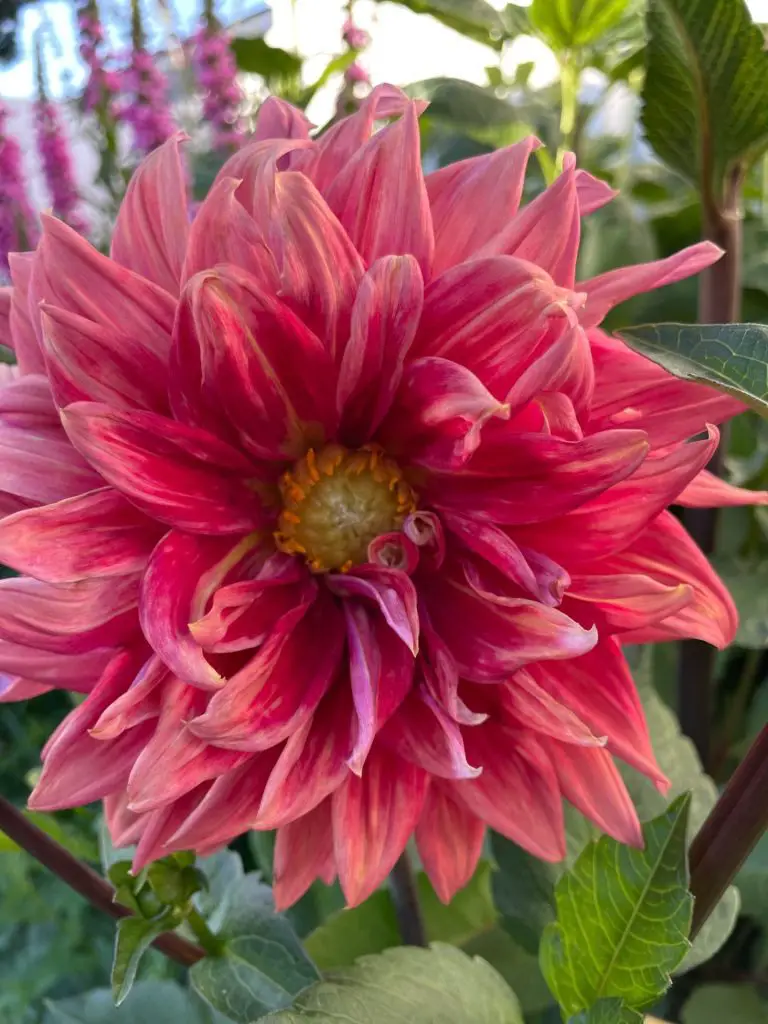 Pin
Pin How to Dig Up and Store Dahlias
Digging out and storing your dahlia tubers so you may enjoy them again the next year is best done at the conclusion of the growing season.
Although it can look difficult, this method is really fairly easy!
To keep your dahlias healthy and beautiful all year long, follow these instructions.
1. Digging Up Your Tubers: Around your last frost date or when the plant has died back is the best time to dig up your tubers. Start by removing the entire plant and the surrounding dirt from its base. Don’t forget to include the roots in your harvest as well. Once the plant has been removed, remove any remaining dirt with care before gently pulling the roots apart to reveal the tuber.
2. Sorting and Cleaning Your Tubers: Use a soft brush to remove any dirt that is still there after you have exposed all of the tubers. Each tuber should be examined, and any that appear sick, shriveled, or dead should be discarded. Moreover, make careful to remove any little tubers, as replanting them won’t result in flowering.
3. Storing Your Tubers: You will want to thoroughly dry your tubers before storing them. Spread out your tubers out on newspaper or paper towels to dry for at least a day after cleaning and sorting them.
Once the tubers are completely dry, place them in a box or paper bag filled with peat moss, sawdust, or both.
Secure the box and keep it somewhere cold, dark, and well-ventilated.
By digging up and storing dahlia tubers, you can enjoy stunning flowers all summer long for years to come
Frequently Asked Questions About How to Grow Dahlias
How tall do dahlias grow?
Generally, dahlias get quite tall. They can reach a height of 3-4 feet (0.9-1.2 meters), but some varieties can grow even taller. A dahlia”s height relies heavily on genetics but soil quality, sunlight, and water can also play a role. Dahlias benefit greatly from support such as garden stakes or tomato cages to help keep them upright.
When is the best time to plant dahlia tubers?
The best time to plant dahlias is after the danger of frost has passed or once the ground has thawed and warmed up to 60 degrees Fahrenheit. A soil thermometer is a useful tool to keep on hand when deciding when to plant dahlia tubers. It’s important to not plant too early. They are prone to rotting in cold, damp soil.
Do I need to deadhead dahlia flowers?
It’s important to deadhead dahlia flowers to ensure the production of new blooms. The process of deadheading flowers involves using sharp shears to cut the spent bloom right above the first set of leaves. Any damaged or diseased parts of the plant should also be removed to mitigate any spreading of that damage or disease.
Can dahlias be overwintered?
Final Thoughts
Growing dahlias in your garden will add a splendid display of color and dynamic to your space.
By following some simple steps, you can enjoy dahlias in your garden for years to come. Let us know in the comments below if you plan on adding dahlias to your garden this growing season!

